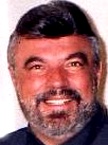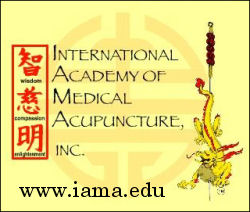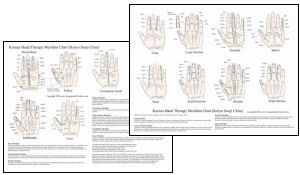Acupuncture & TCM Articles

Acupuncture Articles
by John A. Amaro L.Ac., Dipl.Ac.(NCCAOM), DC
 Dr. Amaro is an internationally known author, lecturer and practitioner beginning his practice of Acupuncture and Chiropractic in 1971. He has led 13 diplomatic Acupuncture study tours of The People's Republic of China escorting more than 500 doctors and practitioners. He has personally studied Acupuncture in nine separate Asian nations. Dr. Amaro is an internationally known author, lecturer and practitioner beginning his practice of Acupuncture and Chiropractic in 1971. He has led 13 diplomatic Acupuncture study tours of The People's Republic of China escorting more than 500 doctors and practitioners. He has personally studied Acupuncture in nine separate Asian nations.
He has received Certification in Acupuncture through the Columbia Institute of Chiropractic in 1973. This was one of the first Acupuncture postgraduate education programs for physicians in North America commencing in 1972.
He has been certified by the Waseda Acupuncture College in Tokyo, Japan in 1974 and graduated from the Chinese Medical Institute, Kowloon, China in 1976. He had previously taken postgraduate studies at the Tai Chung Medical School Taipei, China 1973.
Korean Hand Acupuncture -- Part 5
John A. Amaro L.Ac., Dipl.Ac.(NCCAOM), DC
In the last four installments of this series on "Korean Hand Acupuncture" we were introduced to the philosophy, history, and location of the acu-points of the 14 meridians as they relate to the hand, referred to as "Koryo Sooji Chim."
In this system, only a few basic rules apply.
Treat the Dominant Side. In other words, treat the right hand in right-handed individuals and vice versa. With the arms in the "eastern anatomical position," that is, palms facing forward and arms extended overhead, observe the thumb and index finger of the right hand, for example, are closest to the left side of the body in this posture, whereas the small and ring finger are closest to the right side. Obviously, the reverse is true if one is to examine the left hand in the same position. This observation is significant as right or left sides of the body are treated by treating the corresponding finger accordingly. To treat bilaterally, simply treat the corresponding acu-point or series of points on both the radial and ulnar side of the middle finger, which incidentally corresponds to the trunk.
The Modality of Stimulation Is of Secondary Importance. As long as one properly selects the right point or series of points, any and virtually all forms of stimulation have proven effective. Electronic, Quartz Piezo, and Teishein (non-invasive, mechanical stimulation), have all shown to be exceptional. Extremely slender needles may also be used and "acupatches" are highly recommended.
When in Doubt, Stimulate. Due to the nature and location of the hand points, you are never in danger of harming a patient. Therefore, feel free to use them on any condition at any time.
Surround the Dragon. This profound rule of acupuncture may very well be the cornerstone of general stimulation. In this rule, simply identify what body-part is affected and stimulate the corresponding acu-points on the hand, on the meridians coursing through the area of involvement. This is the beginning of Koryo Sooji Chim, as described in the first installment.

Obey the General Rules of Acupuncture. All laws of acupuncture apply to Korean Hand Acupuncture the same as in traditional applications. If you are able to utilize an acupoint on one of the 14 meridians, 8 extra meridians, secondary vessels, or in application with any of the laws of acupuncture, the corresponding point on the hand may likewise be used.
Koryo Sooji Chim, as stated in Part I of this series, has thousands of faithful adherents throughout the world. I disagree with the most enthusiastic proponents, that Korean Hand Acupuncture will ultimately replace traditional body acupuncture, however, I do agree it is an incredible adjunct to the art of healing.
For those of you around the world who are proficient in acupuncture, begin incorporating the same rules for point selection you would with traditional body acupuncture, and in selected patients begin applying what you have learned in this series of articles.
For those of you who are just being exposed to acupuncture/meridian therapy, refer to the last five series of articles and correlate to the hand what you will continue to learn about traditonal/clinical acupuncture.
I would like to thank Don Petersen and Dynamic Chiropractic for their insight in allowing this most important adjunct to practice to be shared with the chiropractic profession internationally.
For those of you desiring a complimentary desk chart of the 14 Korean hand meridians, contact the International Academy of Clinical Acupuncture, P.O. Box 1003 Carefree, Arizona, U.S.A. Allow several weeks for delivery. Please enclose a stamped, self-addressed envelope.
|
